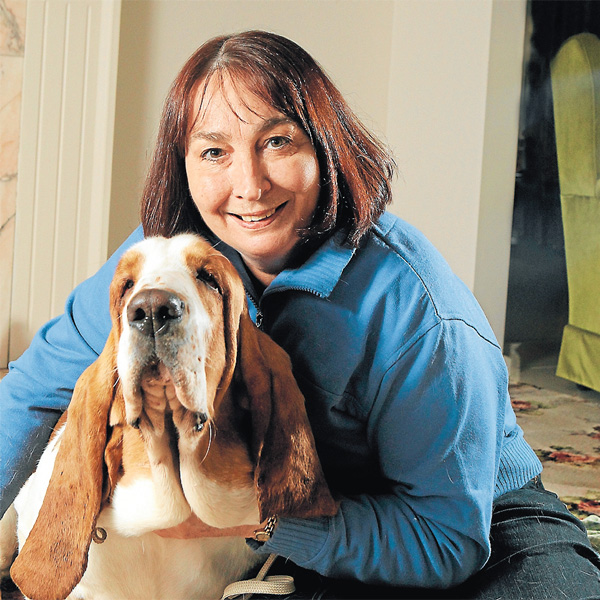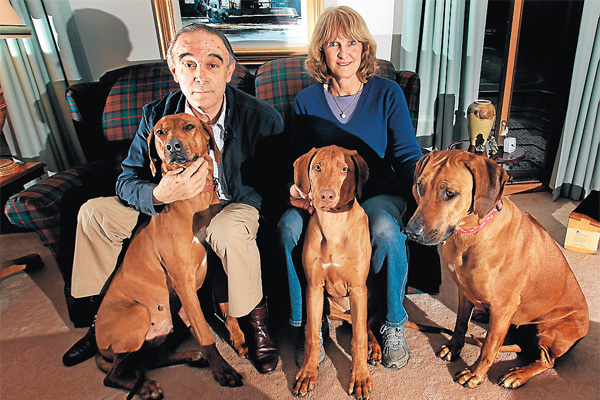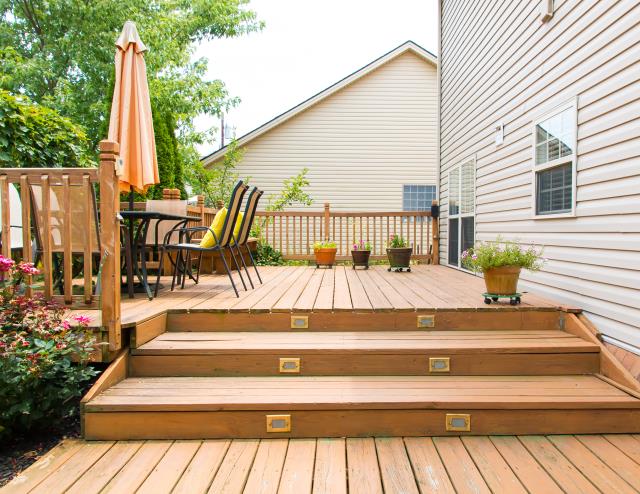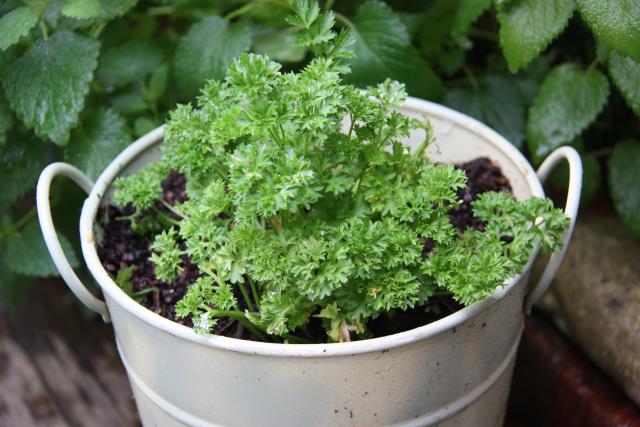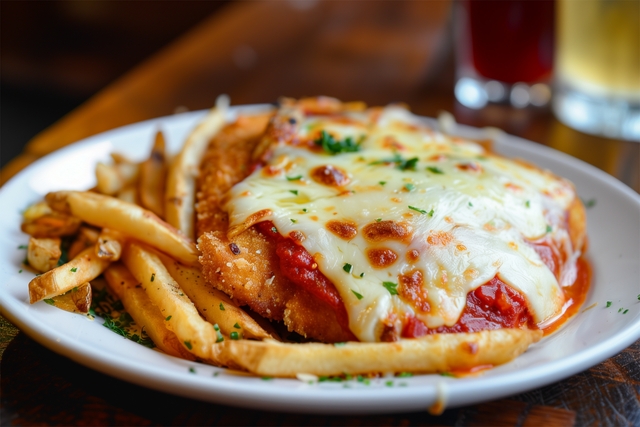By Bt Daniel Tran
What does it take to produce purebred dogs? Danny Tran talks to breeders about their passion for keeping the breed as close to the standard as possible and how these prized pooches aren’t pets for just about anybody.
WHEN the wind turned, it was the speed of the fires that caught them by surprise. By the time Vicki Moritz and Russell Glenn were ready to flee, it was too late.
The only roads out of town were blocked. Marysville, their second home away from Mount Waverley, was burning down around them and they were trapped.
And then Black Saturday earned its name. The heat from the fire had caused a build-up of gas at the back of their property. Without warning, their house blew in. They ran out the front door and to the car.
But they had forgotten something. The dogs were still inside. Red and Blue, both purebred Rhodesian ridgebacks, had been in the back room; the couple had put them there so they wouldn’t be underfoot while they were putting out fires.
Leaving Vicki at the car, Russell rushed back in. Taking several lungfuls of the black smoke, he struggled to make his way through but couldn’t. The fire singed him. He had no choice but to turn around.
Taking refuge in the car, they turned on the reverse-cycle airconditioning and watched their part-time home burn to the ground and Red and Blue perish in the black and red.
“It was soul-destroying,” Vicki says sadly. More than five years on, she and Russell still struggle with the aftermath. They receive counselling and still think about Red and Blue.
After the fires, Vicki didn’t go back to her serious government job. She couldn’t. But there has been one constant in her life that still gives her joy. The couple have been breeding Rhodesian ridgebacks for 35 years.
After Black Saturday, they were given some of Red and Blue’s relatives and since then they’ve been able to fill the void that was left by breeding more dogs.
“We’ve got our dogs back again.” But there’s more to the couple’s decision to continue breeding. They feel like custodians of the Rhodesian ridgeback.
“It’s a real responsibility,” Vicki says. “There’s a lot of research involved if you’re going to do it properly. You’ve got to choose the right parents, you’ve got to screen for genetic issues. You’ve really got to do your best for the breed to keep something that’s supposed to represent the breed.”
WHAT DO YOU THINK? SCROLL TO BELOW THIS STORY TO POST A COMMENT OR EMAIL EASTVOICE@YOURWEEKLY.COM.AU, OR USE TWITTER @DANDENONGWEEKLY
Purebred dogs are engineered to look as close to the breed standard as possible. This means that dogs like the basset hound, which Monash’s Wendy Boce has been breeding since 1969, are expected to be heavy-boned and short-legged. But how much of a hand do breeders really have in controlling genetics?
“Because I’ve been involved in the breed for such a very long time, I know what generations of these dogs physically look like, ” Wendy says.
“By going to a particular dog and its background, I have a pretty reasonable idea of what the puppies will look like.
“It’s all about knowing what the breed qualities are and making informed choices about which animals you breed. And it takes generations to achieve what you want to get.”
But it’s the newborn pups that are the biggest challenge and only the most dedicated breeders succeed. It’s a serious commitment, as Jill Pearson of Narre Warren South can attest. She has been breeding golden retrievers for 32 years.
“For the first 10 days of their life, I sleep next to them. And for a few days before she’s had the litter, I also sleep next to the mother,” she says.
“If she goes into labour, I’m right there and can see and hear everything. You don’t get much sleep. Once I go back to my own bed, I have a baby monitor.”
Pearcedale’s Jill Kirk, 71, has bred beagles for 53 years. “You’ve got to be dedicated. You need the time, you need the ability to look after them, to be able to take them to the vet when necessary, to keep them with the right food, to keep the place clean. When you’ve got a litter of puppies you could be up all night and day.”
She has poured thousands of dollars into breeding. “You don’t make any money. You plough it all back in. It goes mostly into veterinary fees or into the dogs themselves. You just try to keep ahead.”
It’s not long before the puppies become part of a breeder’s family. “Your heart and soul goes into them. Every pup has an individual personality and you do worry about them,” Wendy says.
For most breeders, when it’s time for the puppies to go to a new home, there are lumps in throats and hearts on sleeves. “After all these years, I still cry when they leave,” Jill Pearson says.
But not everyone who wants a purebred can have one. Breeders are fiercely protective about where their puppies end up.
Jill Kirk says it’s a gut feeling. “You get an idea if they’re going to love them or not,” she says.
“It’s no use selling a beagle to somebody who’s away all day, never sees it, or locks it out in the backyard, because the dog will be completely bored, dig out and go. They’ve got to be part of the family. You do get people who are useless and the puppy’s brought back within a week.”
Wendy agrees. “Sometimes you get alarm bells. Things just don’t ring true.” Both breeders have turned people away, as has Vicki. “We try to paint things a bit negative. We say to people, ‘For the first three years they’re going to destroy your backyard, chew your hose and eat your shoes and generally be a monster’.
“It’s not normally quite that bad but we do try and make people aware it’s not a cuddly little puppy they’re getting. After all this time, I’ve got a feel for the type of people who would make good owners.”
She says she can still see Red and Blue in her puppies. “Sometimes it’s the colour, the look in the eye, the personality.”
For all the latest breaking news, visit greaterdandenongweekly.com.au. Follow the Greater Dandenong Weekly on Twitter @DandenongWeekly.

